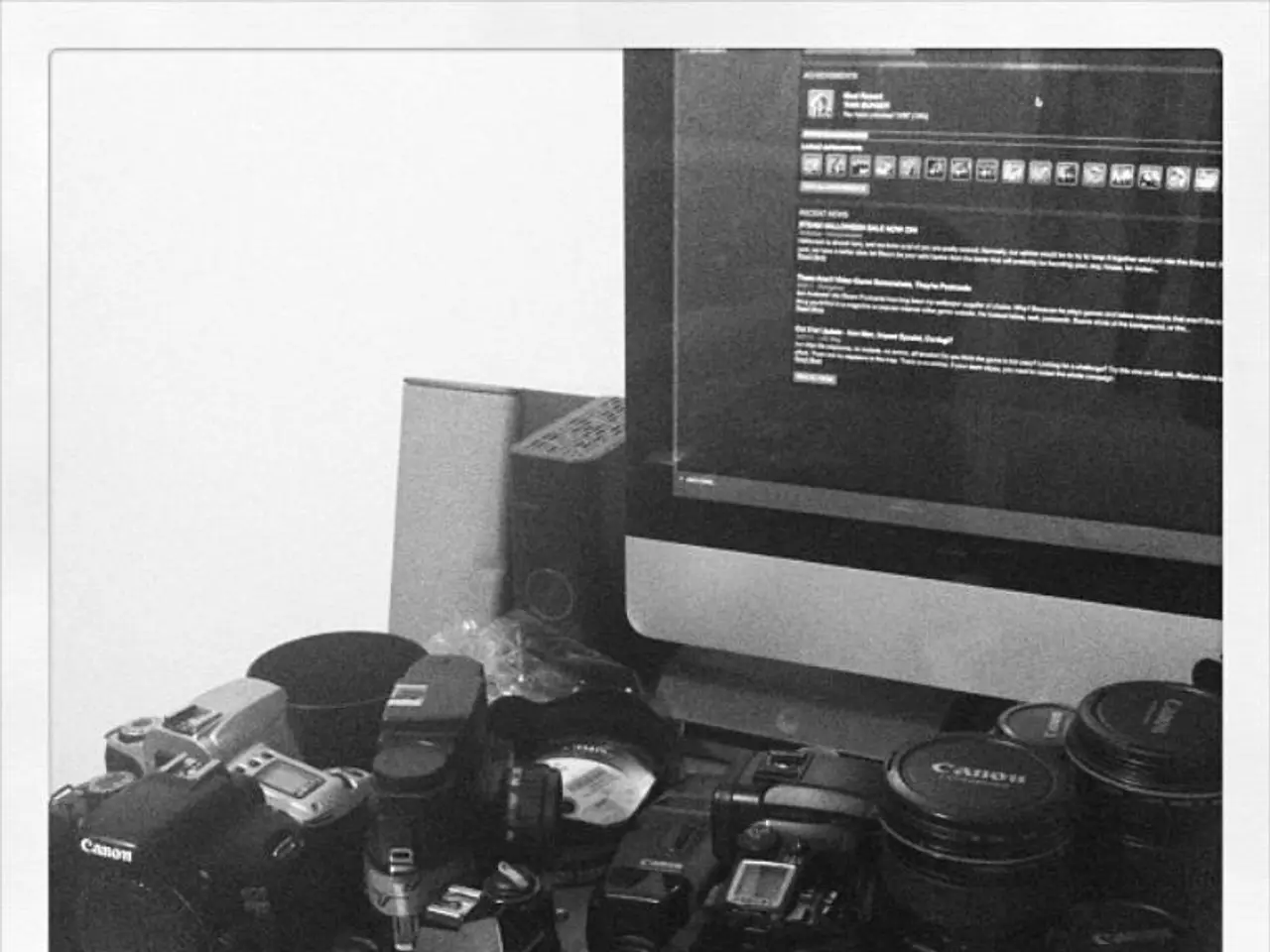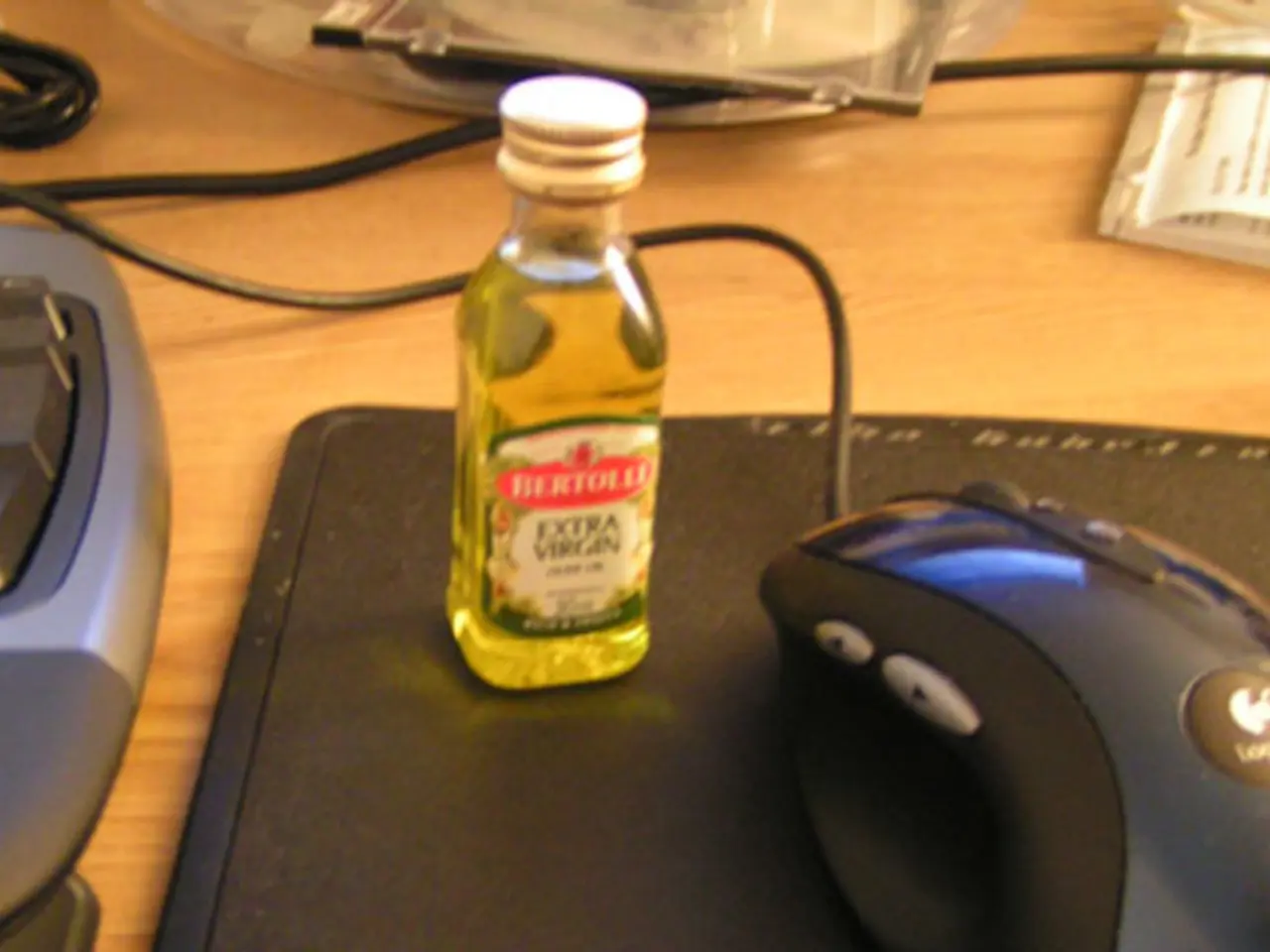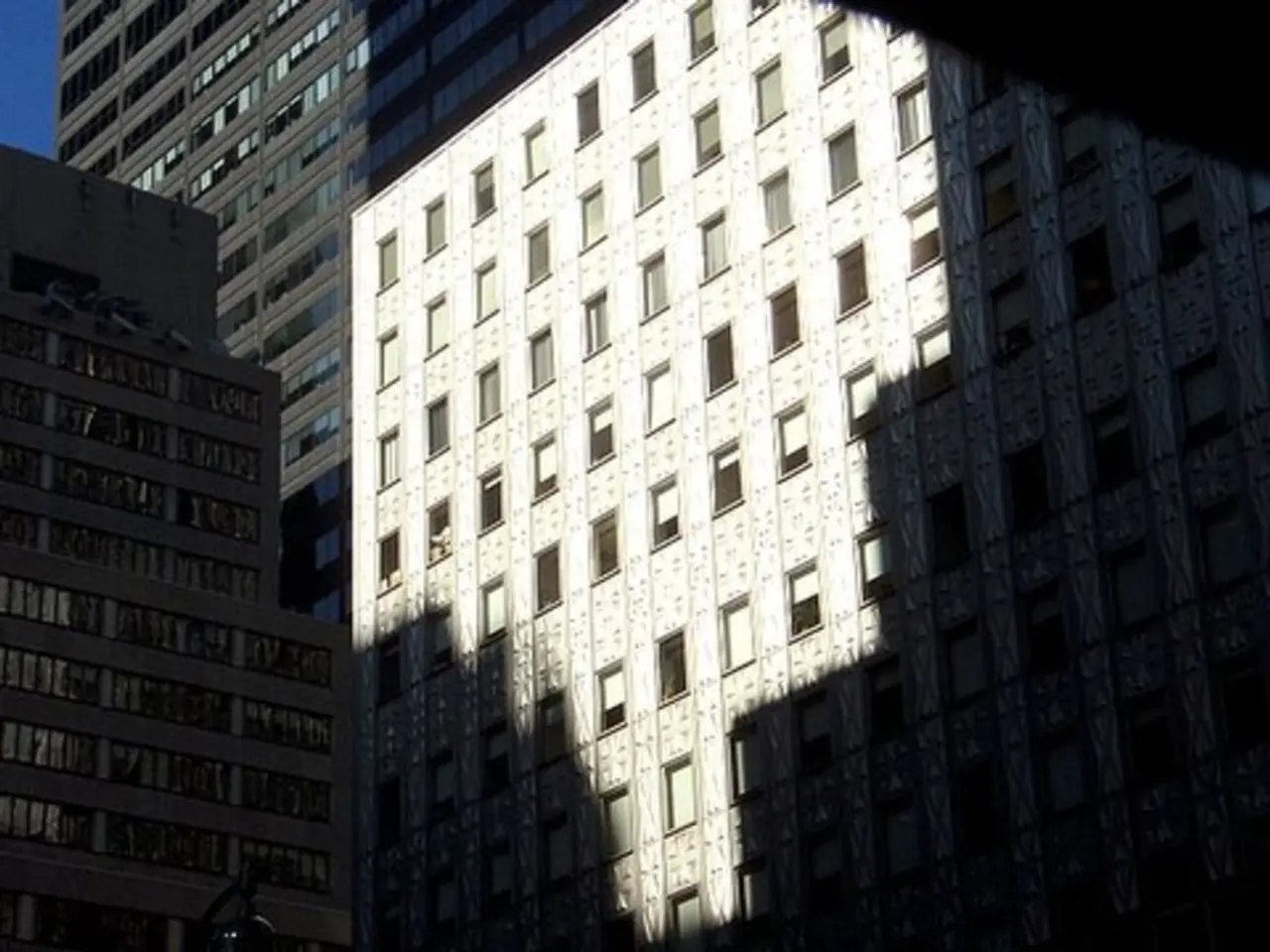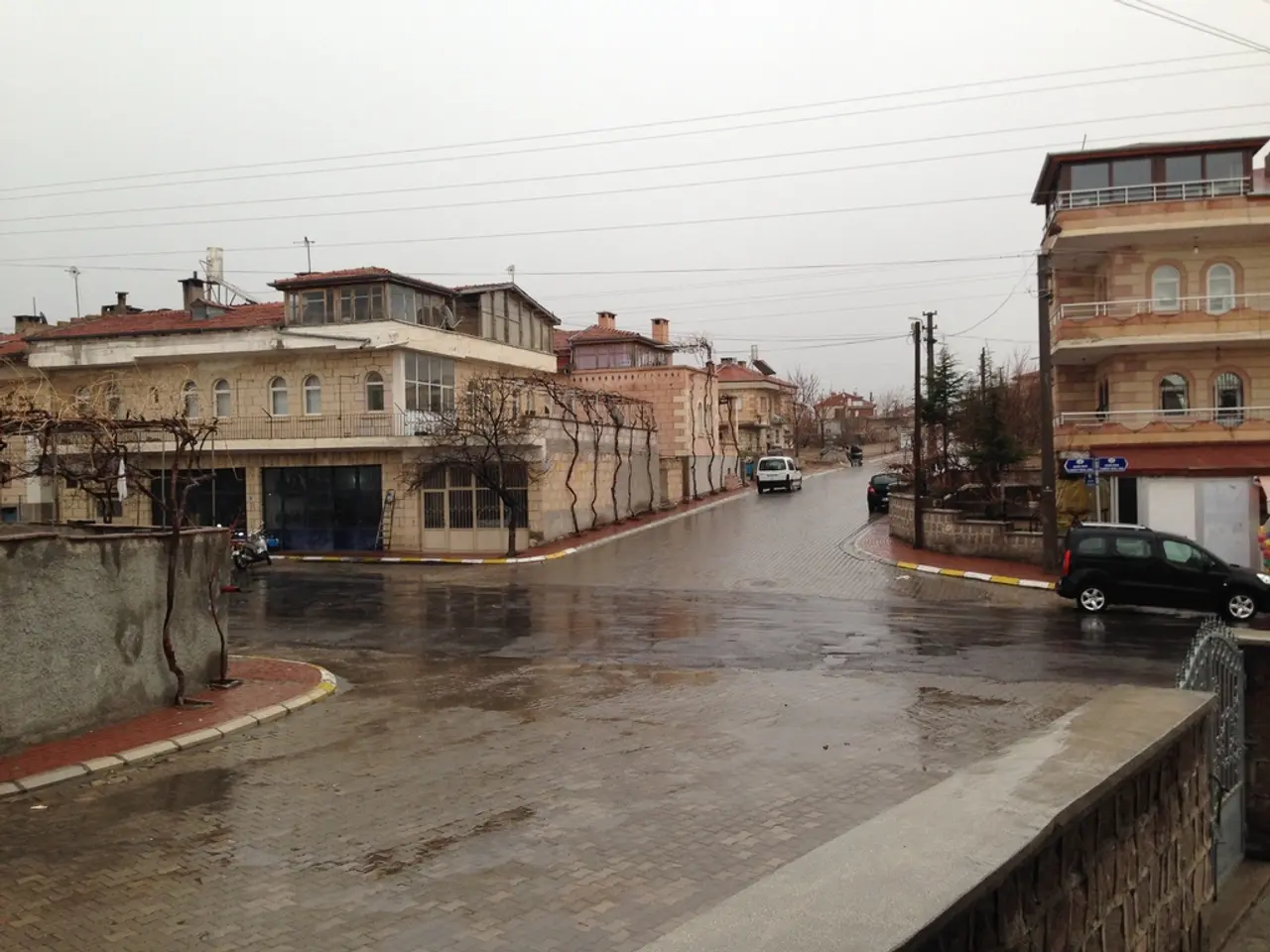PCB (Printed Circuit Board) Manufacturing's Surface Finish Described:
Printed Circuit Board (PCB) surface finishes play a crucial role in ensuring the reliability, durability, and performance of PCBs across various applications. Each finish has distinct characteristics that influence its suitability for different uses.
## Comparison of PCB Surface Finishes
### 1. Electroless Nickel Immersion Gold (ENIG) ENIG offers excellent corrosion resistance and a smooth surface, which enhances signal integrity. However, there is a slight risk of "black pad" syndrome due to nickel corrosion. Ideal for RF applications due to its flatness and good solderability, ENIG is not typically used for gold wire bonding. More expensive than some alternatives like immersion silver, ENIG is a costly choice.
### 2. Immersion Silver Immersion silver provides a smooth finish with low signal loss but is prone to tarnishing, which can affect signal integrity. Suitable for high-frequency applications at frequencies up to 10 GHz, it requires controlled storage conditions. Immersion silver is less expensive than ENIG.
### 3. ENEPIG (Electroless Nickel, Electroless Palladium, Immersion Gold) ENEPIG offers the highest level of reliability due to the palladium layer acting as a barrier, preventing "black pad" syndrome. Ideal for applications requiring gold wire bonding and fine-pitch BGAs, it is suitable for multiple high-temperature reflow cycles. More expensive than ENIG, ENEPIG is a premium choice.
### 4. Hot Air Solder Leveling (HASL) HASL is a conventional surface finish, applied by dipping the board into a molten solder bath. While it is one of the most cost-effective options, it can be less reliable due to the rougher surface finish, which may lead to higher signal loss. Commonly used for general-purpose PCBs, it is not ideal for high-frequency applications.
### 5. OSP (Organic Solderability Preservative) OSP provides a smooth surface with good solderability but has a limited shelf life. Suitable for lead-free applications but requiring careful handling, OSP is generally less expensive than ENIG and ENEPIG.
### 6. Immersion Tin Offering a smooth surface with good solderability, immersion tin may not be as durable as other finishes. More environmentally friendly and suitable for lead-free applications, it is generally less expensive than ENIG.
## Summary Table
| Surface Finish | Reliability/Durability | Suitability | Cost | |---------------|------------------------|-------------|------| | **ENIG** | High, with potential black pad issue | RF, general high-frequency | High | | **Immersion Silver** | High, but prone to tarnishing | High-frequency, controlled environments | Medium | | **ENEPIG** | Highest, with palladium barrier | High-reliability, fine-pitch components | High | | **HASL** | Lower due to rough surface | General-purpose PCBs | Low | | **OSP** | Good, limited shelf life | Lead-free applications | Low | | **Immersion Tin** | Good, environmentally friendly | Lead-free applications | Medium |
The choice of PCB surface finish depends on the specific requirements of the application, including cost, signal integrity, and environmental considerations. The quality of the inter-metallic joint, process yield, rework for production batches, scrap rate, testing ability, cost of the manufacturing process, and the rate at which the board will fail while being used for its intended application are impacted by the PCB surface finish.
[1] [PCB Surface Finishes: A Comprehensive Guide](https://www.alliedelectronics.com/knowledge-center/pcb-surface-finishes-a-comprehensive-guide) [2] [Understanding PCB Surface Finishes](https://www.digikey.com/en/articles/understanding-pcb-surface-finishes) [3] [PCB Surface Finishes: Advantages and Disadvantages](https://www.pcbway.com/library/article/pcb-surface-finishes-advantages-and-disadvantages.html) [4] [PCB Surface Finishes: A Comparative Analysis](https://www.altium.com/learn/pcb-design/pcb-surface-finishes-a-comparative-analysis) [5] [PCB Surface Finishes: Which is Right for Your Application?](https://www.mouser.com/applications/pcb-surface-finishes-which-is-right-for-your-application/)
Technology plays a pivotal role in determining the reliability, durability, and performance of Printed Circuit Boards (PCBs) across various applications, as distinct characteristics of different surface finishes influence their suitability for different uses. For instance, Electroless Nickel Immersion Gold (ENIG) offers excellent corrosion resistance and a smooth surface, which can enhance signal integrity, but it may be prone to a slight risk of "black pad" syndrome due to nickel corrosion, making it more expensive than some alternatives like immersion silver.




